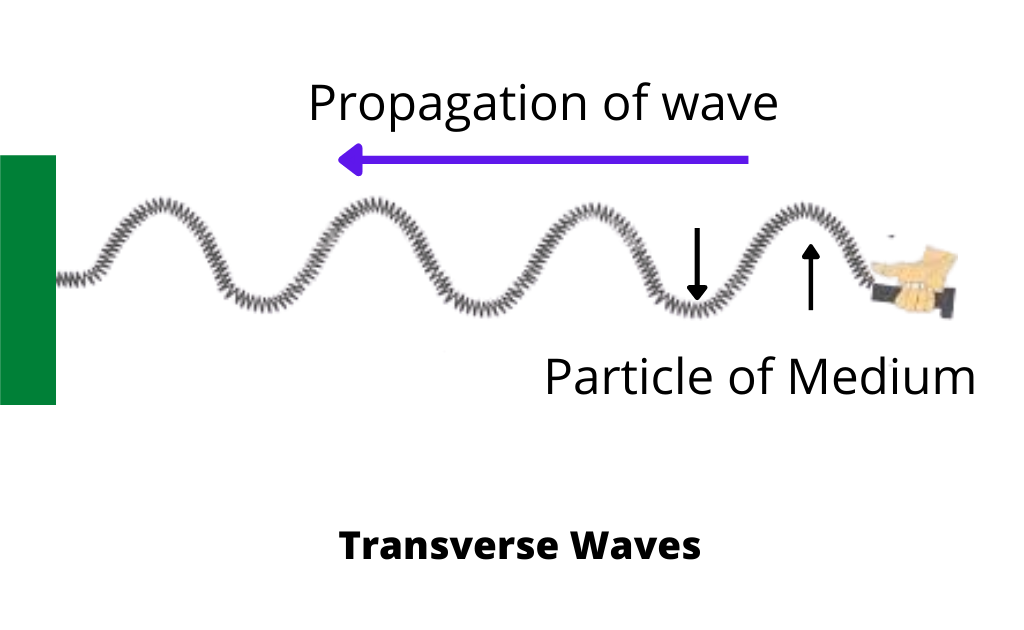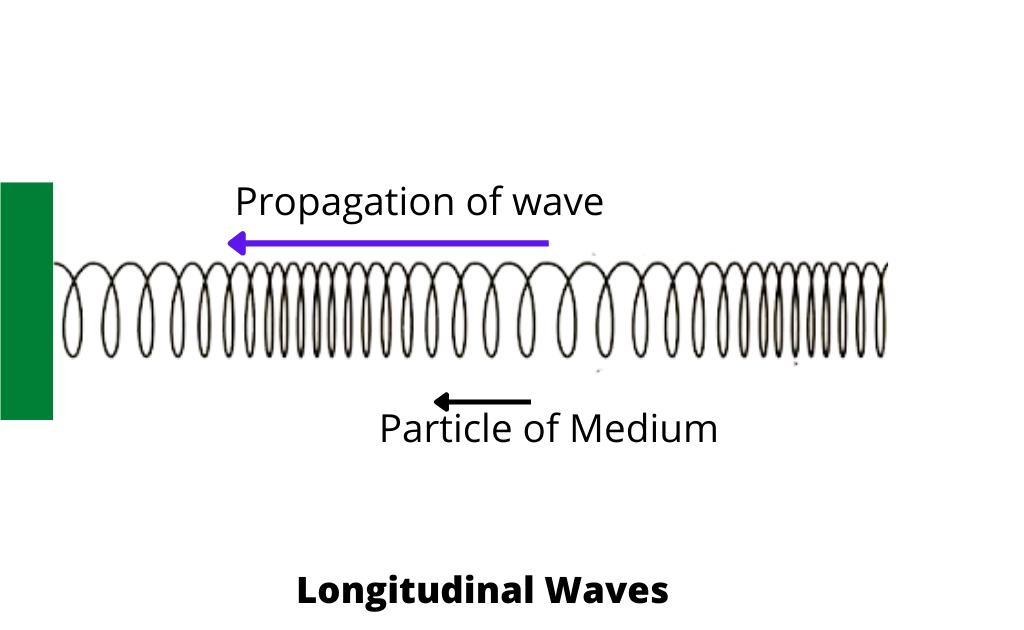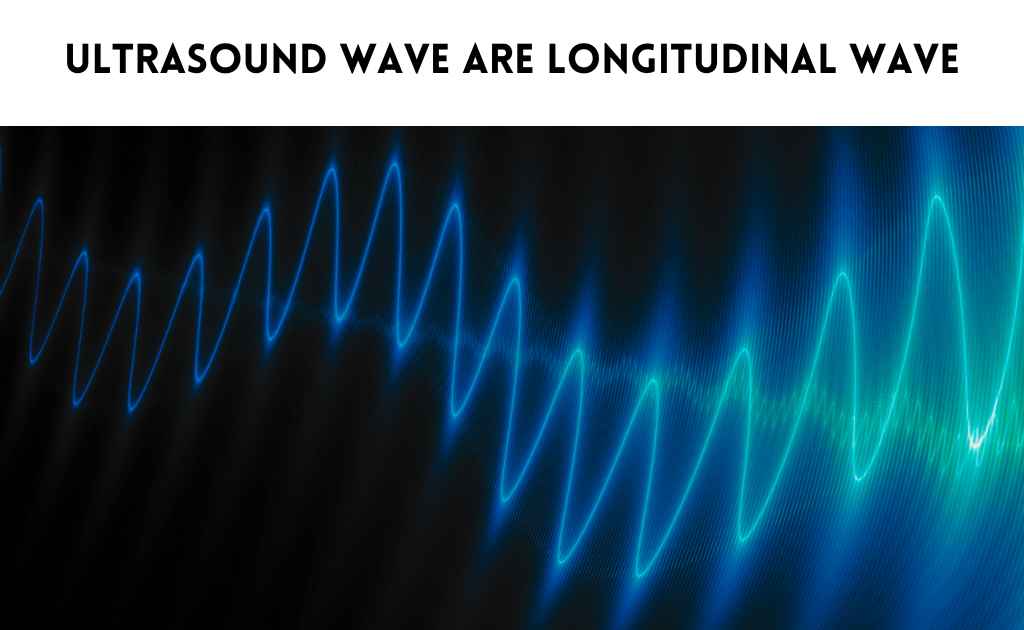What are Waves in Physics?-Types and Examples
What are Waves in Physics?
In physics, waves are a fundamental concept that describes the transfer of energy through the propagation of disturbances in a medium. These disturbances can be observed as oscillations or fluctuations that move through space and time.
Waves are not physical objects themselves but rather the motion or disturbance that travels through a medium. The disturbance created in a medium is called a wave. Waves transport energy without transporting matter. Wave energy transportation is carried by a disturbance that spreads out from a source.
Examples
Water waves, sound waves, waves in the string, light waves.

The mechanism of transportation of energy is the same for all types of waves. The waves are generated by an oscillation in the vibrating body and the propagation of waves through space is by means of oscillations.
Types of Waves
There are two types of waves
Mechanical Waves
The waves which propagate by the oscillation of material particles are known as mechanical waves.
The waves which require any material medium for their propagation are mechanical waves.
Water waves, sound waves, waves in string or in coil spring. Mechanical waves are the effect of cooperative oscillations of a large number of particles of the medium.
Mechanical Waves Example
If you look at a black-and-white picture in a newspaper with a magnifying glass you will discover that the picture is made up of many closely packed dots. If you do not use the magnifier, you do not see the dots. What you see is the cooperative effect of the collection of dots in the form of a picture.
Magnetic Waves
The waves which require no material medium for their propagation are called magnetic waves. These waves propagate out in space due to oscillations of the electric field and magnetic fields.
Examples
Light waves, heat waves, x-rays, radio, and TV waves.
Matter waves
The waves which are associated due to motion of particles are called waves. For example, waves associated with electron motion
Progressive Waves
A wave that transfers energy in moving away from the source of disturbance is called a progressive traveling wave.
The train of wave pulses moving uniformly away from the source is called a progressive or traveling wave.
Consider two persons holding opposite ends of a rope, suddenly one person gives up and down jerks the rope.
This disturbs the rope and produces a hump that travels along the rope toward the other person.
When this hump reaches the other person it causes his hand to move up. Thus the energy and momentum are transferred from one end of the rope to another end due to the motion of the hump.
We call this type of wave a pulse. The forward motion of the pulse from one end of the rope to the other end is an example of a progressive wave.
The jerking end of the rope is the source and the rope is the medium in which the waves travel.
Types of progressive waves
There are two types of progressive waves
- Transverse waves
- Longitudinal waves
Transverse Waves
The waves in which particles of the medium vibrate about their mean position in a direction perpendicular to the direction of propagation of waves are called transverse waves.
Waves are produced in the string, on the surface of the water, and light waves are transverse in nature.
Consider a long and loose coil spring lying on a smooth table. One end of the spring is fixed and the other end is free if the free end of the spring is moved up and a wave pulse is produced.

In these waves, the displacement of spring is perpendicular to the direction of propagation of waves, so these are called transverse waves
Longitudinal Waves
The waves in which particles of the medium vibrate along (parallel) the direction propagation of waves are called longitudinal waves.
Sound waves and compression waves in spring are longitudinal in nature.
If one end of the spring is moved back and forth along the direction of the spring, a wave with back-and-forth displacement will travel along the spring.

In these waves, the displacement of spring is parallel to the direction of propagation of waves, so these are called longitudinal waves.
Related FAQs
What are waves in physics?
The disturbance created in a medium is called a wave. Waves transport energy without transporting matter. Energy transportation is carried by a disturbance that spreads out from a source.
What are the 4 types of waves?
We know that wave is associated with the transfer of energy. There are many types of waves studied in Physics. Some waves need a material medium to propagate, and some do not need a medium for propagation.
Microwaves.
X-ray.
Radio waves.
Ultraviolet waves.
What is a wave simple definition?
A wave is a disturbance in a medium that carries energy without a net movement of particles. It may take the form of elastic deformation, a variation of pressure, electric or magnetic intensity, electric potential, or temperature.
Is water a wave?
Waves are created by energy passing through water, causing it to move in a circular motion. However, water does not actually travel in waves. Waves transmit energy, not water, across the ocean and if not obstructed by anything, they have the potential to travel across an entire ocean basin







Leave a Reply